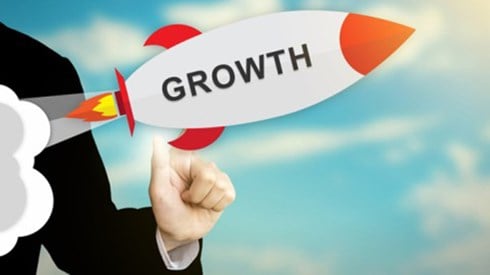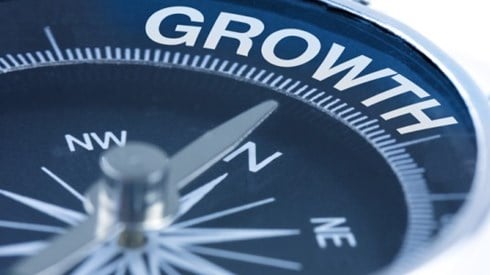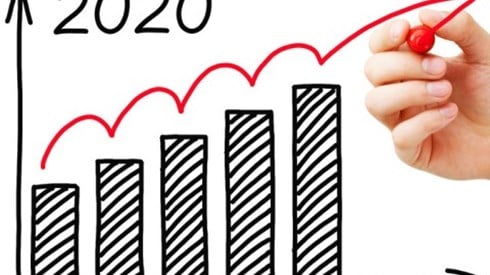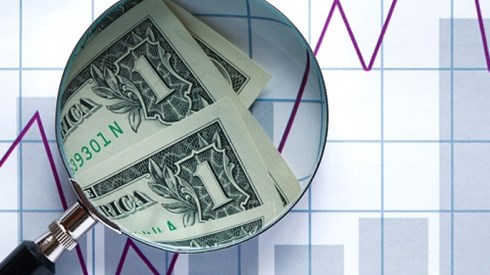Will Captives Benefit from the Hardening Market?

June 26, 2020

Conventional wisdom holds that captive insurers benefit when insurance and reinsurance market pricing hardens. A Captive.com article, "Hardening of Traditional Market Drives Pace of New Captive Formations," highlights this thinking. Is it possible, though, that the conventional wisdom this time around might not be true? This article will explore reasons why captives might not benefit as much as many think from the increased pricing occurring in the commercial insurance and reinsurance markets.
The premise of a recent Captive.com article, "'The Song Remains the Same' (The Peril of Ignoring Investment Risk)," is that interest rates are likely to remain low for a sustained period of time. It warns captive insurers that there is no free lunch. Reaching for increased yields also increases investment risk.
This is the first potential problem captive insurers will be faced with—especially newly formed captives. Cash flows from premiums are invested until they are needed to pay claims and operating expenses. In today's low-interest-rate environment, the additional incremental investment income that will be generated is likely to be negligible, especially if the captive is writing short-tailed business.
Therefore, captives will need to price their business properly, recognizing that investment income will not be there to make up any underwriting shortfalls. It also introduces potential pressure from the owners/policyholders to reach for yield in order to be able to offer lower premiums. We'll touch on why this may occur later in this article.
Captive insurance companies rely to a greater or lesser degree on reinsurance in order to write business. For new captive formations, reinsurance is almost mandatory. There are two reinsurance trends that don't bode well for captives. First, captives need to cede business to a reinsurer to protect their limited capital and to offer limits sought by their policyholders. Early indications for July 1, 2020, reinsurance renewals are for significant increases in pricing.
A June 15, 2020, Artemis article written by Steve Evans and titled "Property CAT Seen +5–15 Percent, Retrocession +20–25 Percent at July 1 Renewal: KBW," states the following.
KBW's [Keefe, Bruyette & Woods] team forecasts that retrocessional reinsurance rates will renew some +20 percent to +25 percent up on January's increases at July 1st, a further significant hardening for that market to deal with at this key time when retro capital has become increasingly important for some....
If retrocession pricing is being seen to rise to beyond the levels seen in January, for programs and accounts renewing at July 1st, then those retro placements that renew again in January 2021 will likely be subject to further increases, unless something dampens down this hardening before the end of this year.
This means captives are facing increased costs for reinsurance protection. In some cases, these costs are significantly higher. In order for a new captive insurance company to be viable, or an existing captive to remain stable, they will need to pass these costs through to their policyholders as part of their premium. While this may be easier for single-parent captives, for group captives it creates additional tension between the members as to how the cost of reinsurance is allocated. Is it allocated evenly among all policyholders, or is it allocated based on some risk-based formula? In order to forestall adverse selections, group captives should be allocating based on some sort of risk-based actuarial formula.
Also, while the majority of captives do not use insurance-linked securities (ILS) as part of their reinsurance program, that market has a direct bearing on traditional reinsurance pricing. ILS capital has gotten tighter over the last several years and more selective in its risk appetite. This has helped underpin the increases seen in traditional reinsurance.
Marsh reported in May in its Global Insurance Market Index—2020 Q1 that global commercial insurance prices rose 14 percent in the first quarter of 2020, making it the 10th consecutive quarter of price increase and the largest year-over-year increase since Marsh began publishing the index 8 years ago. While intuitively this would seem to be good news for captives (i.e., as markets harden, more companies look at alternative solutions for mitigating risk), we obviously are not in normal economic times.
While the quick rebound in the equities markets may have fooled the average consumer, the view within the business community is very different. Businesses today hold significantly more cash, if they have access, than they did before the COVID-19 pandemic. Business confidence continues to decline, as reported by Moody's Analytics Economic Indicators. As I write this, virus cases are climbing rapidly in many of the southern and western states that have mostly reopened. It was announced that Texas is pausing its reopening in order to concentrate on slowing the growth in new cases.
All this suggests that businesses are going to struggle. For insurers, this translates into shopping for lower insurance rates, shrinking exposure bases, and difficulties with collecting premiums owed. Captive insurers will not be immune to any of these problems that, as I suggested earlier, will lead to pressure being brought to constrain premium increases within the captive. For new captive formations, the question becomes can they price their business correctly according to the actuarial derived rates, or will the potential owners decide the cost advantage, if it exists, is not sufficient to move forward?
Time will tell whether the conventional wisdom holds. As a longtime supporter of captive insurance, I hope my prognostications prove to be off the mark.
June 26, 2020




